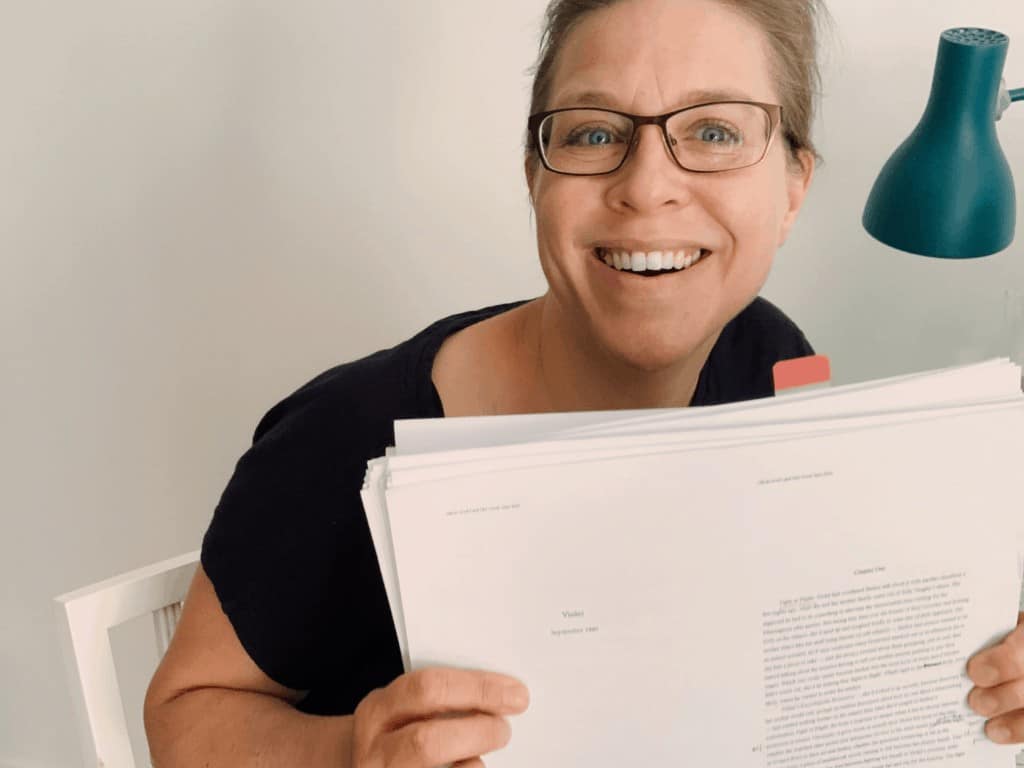What writing is really like
I often try to explain the experience of writing a book by comparing it to something in real life. Like building a house, maybe, where architect plans and structure come first (= plot outline), followed by floors and walls (= dramatic arc), and finally the pretties — wallpaper, tiles and where exactly to put the bookshelves. Or you could say it’s like painting a canvas, from sketching first, then filling in big brushstrokes and finally adding details at the end. Or, my favourite, you could think of it as baking a cake, one of those elaborate, many-tiered wedding confections that start with a recipe and basic ingredients (think: heroine, antagonist, journey, ending), which are then assembled (plotting and scenes) and finally decorated in a profusion of flowers, garlands and blingy bits.
Knitting needles & lots of loops
At this moment, Book 3 feels a bit like knitting. Not the kind I did at school, which was an oblongish shape of indeterminate colour that took so long to produce it was more felt than knitwork at the end (and didn’t remotely impress the teacher). No, this would be an intricately woven piece in all the colours of the rainbow, with big strands and fine threads intersecting and crossing over, looping and finding points of connection, until all is tied up neatly in the end (– or that’s the plan anyway!).
So, for example: If in Somerset, the sun sets at 5:37 pm on 7 October 1940 (you can look this up, seriously, for any day and any place) and the Land Girls take half an hour to walk home from the field (they’re tired, so maybe it takes them a bit longer), then by the time they arrive at their hostel, they would need a torch to find the way (backtrack here: one of the girls will need to have packed a torch that morning). Queue blackout regulations and an evil air raid warden eager to fine them (note to self: don’t have them douse the fire too early because you want them to get in trouble). And their curfew is strictly enforced at 9 pm, so they need to be afraid, VERY afraid to be late (which of course they will be, because they forgot to douse the fire and have to go back and it’s all kinds of drama).
Weaving details into a story
It’s small strands like these which I’m currently tracking, what feels like eleventy billion of them. There’s a constant looping and weaving of story-wool in my mind, to keep track of the characters’ movements and conversations, untangle discoveries and chart growth and change. There are time frames and maps, to make doubly sure there’s enough time for everyone go from A to B (and for one devil-minded heroine to sneak out at night — not minding the curfew at all! — and meet her love at the stables…)

